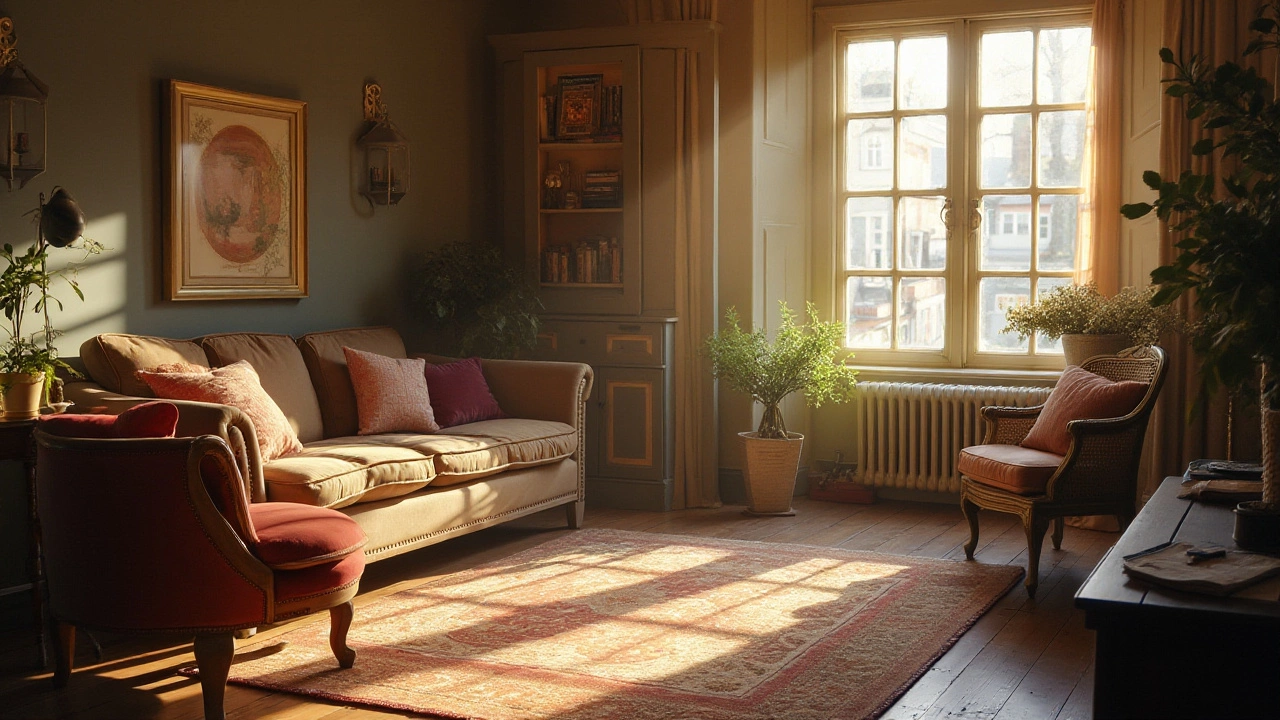Budget-friendly Tips to Save Money on Home, Shipping & Everyday Purchases
Looking to keep more cash in your pocket? You’re in the right place. Below are real‑world tricks you can start using today—whether you’re buying a new rug, sending a package, or just trying to cut everyday costs.
Trim Home Costs Without Skimping on Quality
First up, the big spenders in most households: furniture, rugs, and kitchen gear. When you shop for a new rug, measure your space before you even step into a store. A rug that’s too small looks cheap, but a giant one can waste space and money. Use a simple rule: the rug should extend at least 18‑24 inches beyond the edges of your couch and coffee table. This gives you a balanced look without buying a bigger piece you’ll never use.
Thinking about a mirror? Don’t just grab the cheapest frame and hope for the best. Mirror cost usually reflects glass quality, backing, and frame material. Aim for a mid‑range price—around £30‑£50 for a solid flat mirror. It’s sturdy, won’t warp, and looks better than a bargain‑bin option that might crack.
Cookware can drain your budget fast. Cast iron and stainless steel each have a sweet spot. If you mostly sear meat, a 2‑inch cast‑iron skillet lasts forever and costs under £30 second‑hand. For sauces and quick meals, a stainless steel sauté pan in the £20‑£25 range does the job without the extra seasoning routine.
Save on Shipping and Delivery
Shipping fees add up, especially if you order from multiple sites. Compare overnight carriers before you hit “checkout.” UPS and FedEx often have lower cut‑off times for next‑day delivery, while USPS Priority Mail Express can be cheaper for lighter parcels. If you’re flexible, drop your package at a nearby UPS Store or FedEx Office—they sometimes offer discounted rates for walk‑ins.
For bulky items like a pallet, don’t assume the post office can handle it. USPS has strict size limits, so look at freight options from DHL or a local courier. Splitting the load into smaller boxes can shave off a few pounds and drop the price per kilogram.
Amazon shoppers love fast delivery, but you can speed it up without paying extra. Choose “Ships from and sold by Amazon” for the quickest handling, and enable notifications so you can reorder before the order ships. If a product is marked “Prime,” you’re already getting two‑day or even same‑day delivery at no extra cost.
Finally, keep an eye on free storage apps for your photos and documents. Cloud services like Google Drive give you 15 GB free, and Dropbox offers 2 GB that you can enlarge by referring friends. Using free space means you won’t need extra hard drives that cost extra bucks.
Bottom line: Save money by planning ahead, measuring twice, and comparing options. Small tweaks—like measuring your rug space, picking a mid‑range mirror, or choosing the right carrier—add up to big savings over time. Start applying these tips today and watch your budget stretch further than you thought possible.
Struggling to organize your stuff without overspending? This article is packed with budget-friendly storage tips and clever tricks. Discover how to make the most of what you already own, reuse everyday items, and tackle small-space challenges. Whether you rent or own, there's something here for anyone who wants to live clutter-free for less. No fancy products or unnecessary splurges—just real solutions that save money.
May, 18 2025
When it comes to buying furniture on a budget, timing can significantly impact your wallet. The key to scoring the best deals lies in understanding the annual sales cycles that govern the industry. Certain months offer higher chances of finding discounted prices on furniture, allowing you to maximize your savings. This article unravels the cyclical trends in furniture pricing and offers practical advice on when to make your purchase.
Dec, 2 2024

